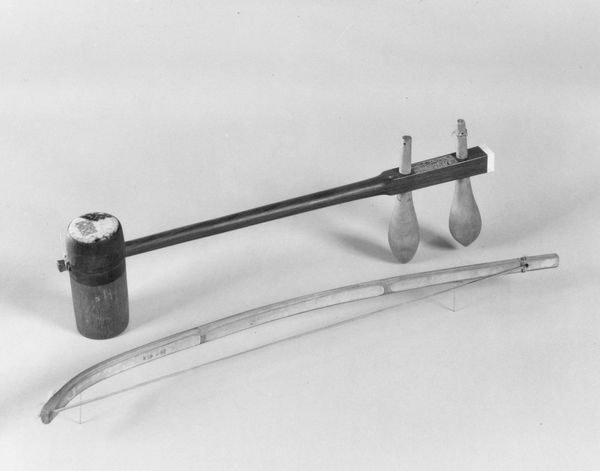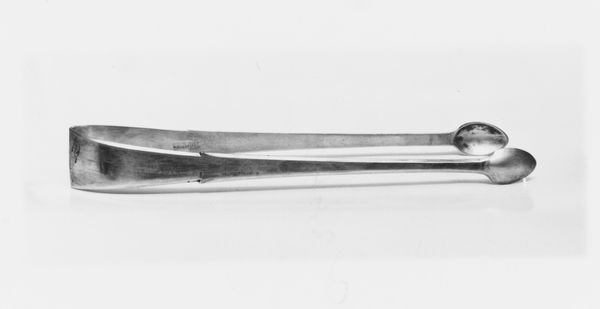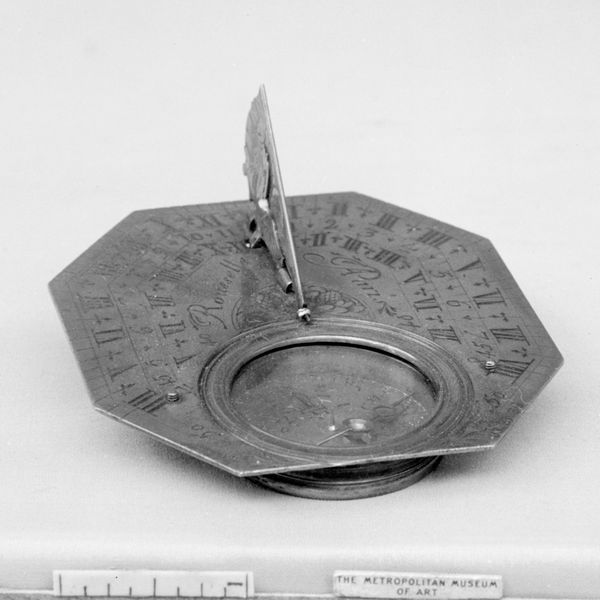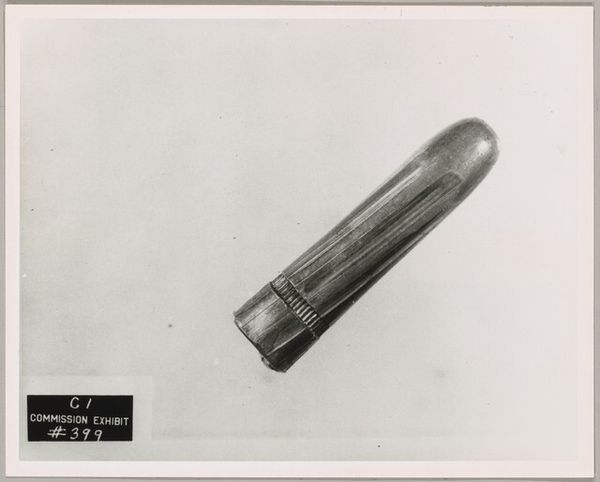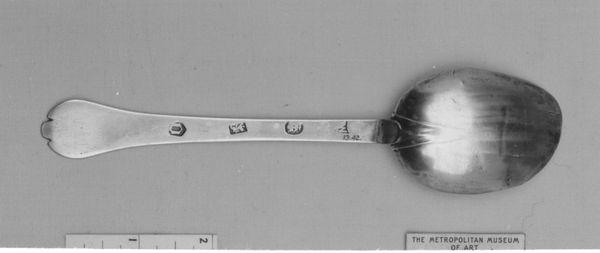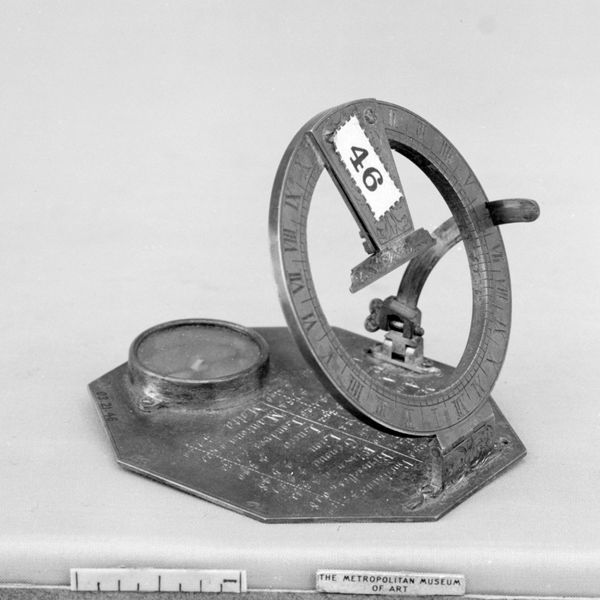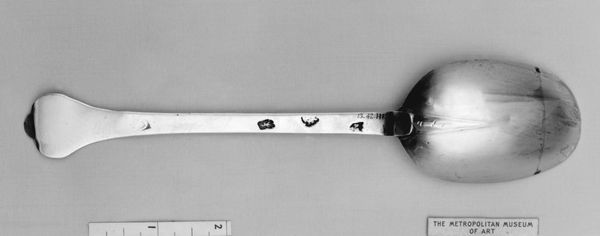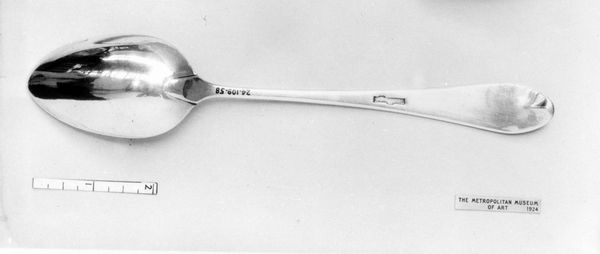
silver, sculpture
#
silver
#
sculpture
#
decorative-art
Dimensions: 2 7/8 × 1 3/8 in. (7.3 × 3.5 cm)
Copyright: Public Domain
This is a caddy spoon made by Samuel Pemberton sometime between 1750 and 1850. It offers a glimpse into the ritual and commerce of tea drinking, a practice deeply entwined with British colonial history. The spoon, crafted from precious metals, speaks to the upper classes who could afford such luxuries. These would have been families who often directly profited from colonial trade, including enslaved labor. Tea itself was transported through exploitative trade routes, reflecting a global system of inequality. As you observe the delicate craftsmanship, consider the hands that harvested, shipped, and ultimately consumed the tea it served. The caddy spoon isn't merely a tool; it's a symbol of a complex historical tapestry, revealing the intersections of wealth, labor, and colonialism. It encourages us to reflect on the objects we use daily and their connections to broader societal structures.
Comments
No comments
Be the first to comment and join the conversation on the ultimate creative platform.
